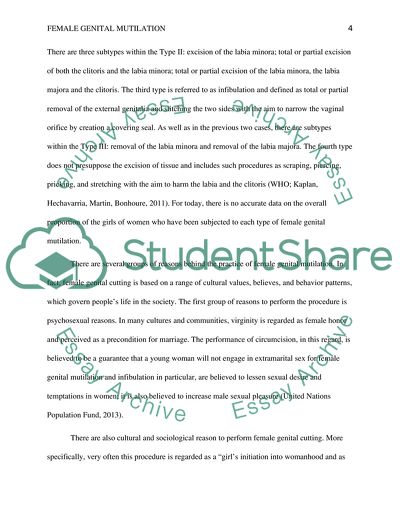Cite this document
(Female Genital Mutilation Report Example | Topics and Well Written Essays - 1250 words, n.d.)
Female Genital Mutilation Report Example | Topics and Well Written Essays - 1250 words. https://studentshare.org/gender-sexual-studies/1858747-female-genital-mutilation
Female Genital Mutilation Report Example | Topics and Well Written Essays - 1250 words. https://studentshare.org/gender-sexual-studies/1858747-female-genital-mutilation
(Female Genital Mutilation Report Example | Topics and Well Written Essays - 1250 Words)
Female Genital Mutilation Report Example | Topics and Well Written Essays - 1250 Words. https://studentshare.org/gender-sexual-studies/1858747-female-genital-mutilation.
Female Genital Mutilation Report Example | Topics and Well Written Essays - 1250 Words. https://studentshare.org/gender-sexual-studies/1858747-female-genital-mutilation.
“Female Genital Mutilation Report Example | Topics and Well Written Essays - 1250 Words”. https://studentshare.org/gender-sexual-studies/1858747-female-genital-mutilation.


